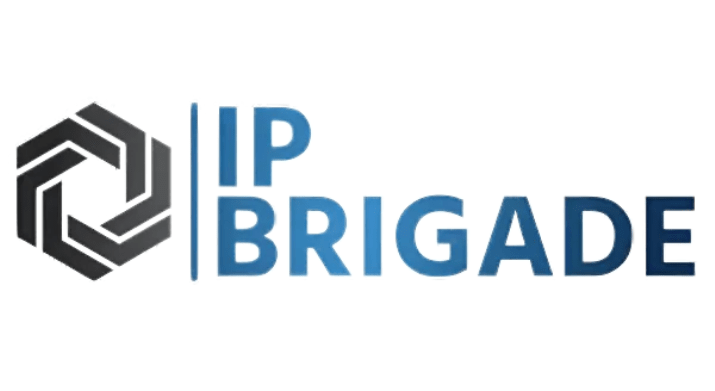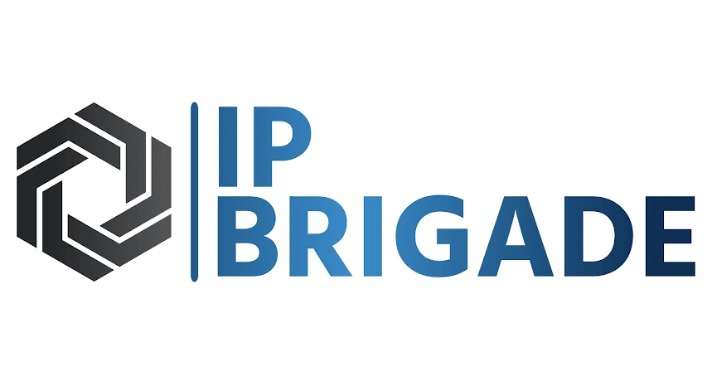Innovation is at the heart of technological advancement, but with great ideas comes the responsibility to ensure that they do not infringe on existing intellectual property rights. Freedom to Operate (FTO) searches play a pivotal role in this process by helping inventors and businesses confirm that their inventions can be brought to market without legal complications. In this article, we delve into the fundamentals of FTO searches, explore the tools and methodologies involved, and provide actionable tips to ensure your invention doesn’t infringe.
What is a Freedom to Operate (FTO) Search?
An FTO search, also known as a clearance search, is a systematic analysis conducted to identify active patents that may pose a legal risk to the commercialization of a product or process. Unlike patentability searches, which assess the novelty of an invention, FTO searches focus on the legal boundaries of existing patents to avoid infringement.
Why Are FTO Searches Important?
Legal Compliance: Conducting FTO searches helps businesses avoid infringing on third-party patents, reducing the risk of lawsuits, financial penalties, or injunctions.
Informed Decision-Making: FTO results inform strategic decisions, such as design modifications, licensing agreements, or abandoning high-risk markets.
Investor Assurance: Investors and stakeholders often require FTO analyses to ensure that a product’s commercialization won’t face legal hurdles.
Cost Savings: Identifying potential risks early prevents costly litigation and redesign efforts later in the product lifecycle.
Tools for Conducting FTO Searches
1. Patent Databases
Comprehensive patent databases are foundational to FTO searches. Popular platforms include:
Espacenet: Offers access to over 120 million patent documents worldwide.
USPTO and WIPO PATENTSCOPE: Provide extensive search capabilities for U.S. and international patents.
Google Patents: Simplifies keyword searches with user-friendly interfaces.
2. Natural Language Processing (NLP) and AI Tools
Advanced technologies such as NLP and artificial intelligence are transforming FTO searches by:
Enabling semantic searches that identify similar concepts beyond exact keywords.
Extracting entities such as assignees, inventors, and legal statuses.
Automating risk assessments by analyzing the similarity and relevance of patents.
3. Patent Landscaping Tools
Tools like PatSnap and Innography provide graphical insights into patent landscapes, helping users identify crowded fields, white spaces, and high-risk areas.
4. Legal Status Analysis Tools
Platforms like Darts-IP and Cipher specialize in analyzing patent legal statuses, helping users determine whether a patent is enforceable, expired, or abandoned.
Methodologies for FTO Searches
1. Define the Scope
Clearly outline the scope of the FTO search by considering:
The technical features of the product or process.
The jurisdictions where the product will be manufactured, marketed, or sold.
The potential competitors and their patent portfolios.
2. Identify Relevant Keywords and Classifications
Develop a comprehensive list of keywords, synonyms, and phrases related to the invention. Use classification systems such as:
International Patent Classification (IPC): A hierarchical system that categorizes patents based on technical areas.
Cooperative Patent Classification (CPC): An enhanced classification system used by the EPO and USPTO.
3. Search and Analyze Patent Claims
Focus on the claims section of patents, as it defines the legal boundaries of protection. Key steps include:
Prioritizing independent claims, which provide the broadest coverage.
Reviewing dependent claims for additional details and limitations.
4. Assess the Legal Status of Patents
Determine whether relevant patents are active, expired, or abandoned. This analysis helps avoid unnecessary concerns about unenforceable patents.
5. Document Findings
Maintain detailed records of the search process, including:
Patent numbers, titles, and abstracts.
Relevant claims and their implications.
The legal status of each patent.
Common Challenges in FTO Searches
Language Barriers: Patent documents are often filed in different languages, requiring translation tools or multilingual expertise.
Data Overload: Navigating through millions of patent records can be overwhelming without the right tools.
Dynamic Patent Landscape: New patents are filed daily, making it essential to stay updated on the latest developments.
Jurisdictional Differences: Patent laws and enforcement vary across jurisdictions, complicating global FTO analyses.
Best Practices for Effective FTO Searches
Leverage Advanced Search Tools:
Use AI-powered platforms for semantic searches and risk assessments.
Employ visualization tools to map patent landscapes and identify high-risk zones.
Collaborate with Experts:
Engage patent attorneys, technical specialists, and search professionals to ensure a thorough analysis.
Seek opinions on ambiguous claims or legal nuances.
Conduct Periodic Reviews:
Revisit FTO searches regularly to account for newly filed patents or changes in legal statuses.
Update strategies based on evolving business goals or market conditions.
Develop a Risk Management Plan:
Identify high-risk patents and evaluate licensing or cross-licensing opportunities.
Explore design-around strategies to avoid infringement.
Document Everything:
Maintain comprehensive records of search results, analyses, and conclusions to support legal defenses if needed.
When to Conduct an FTO Search
FTO searches should be conducted at multiple stages of the innovation lifecycle:
Early Development: To identify potential risks and guide design decisions.
Before Product Launch: To ensure the product is free from infringement risks in target markets.
Before Expanding Markets: To assess risks in new jurisdictions or industries.
Before Licensing Deals: To provide clarity on potential encumbrances.
Conclusion
Freedom to Operate searches are an indispensable part of the innovation process, providing the legal clarity needed to bring products to market confidently. By leveraging advanced tools, following systematic methodologies, and collaborating with experts, businesses can minimize risks and maximize their competitive edge. Whether you’re an inventor, entrepreneur, or legal professional, investing in a robust FTO search strategy is essential for safeguarding your innovation journey.









